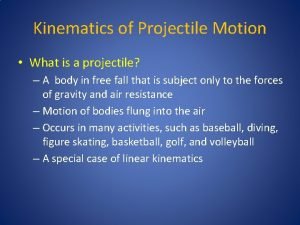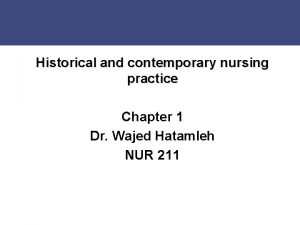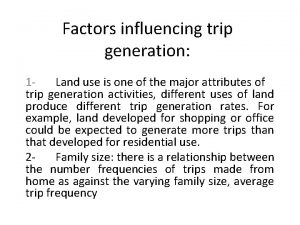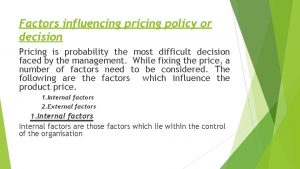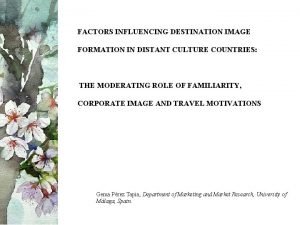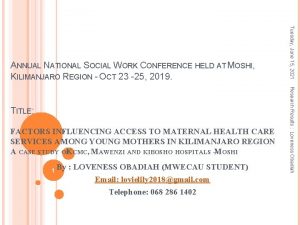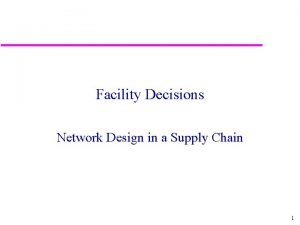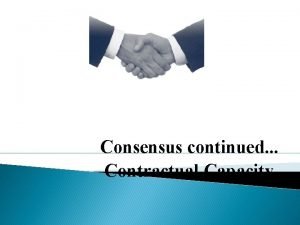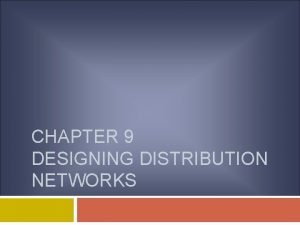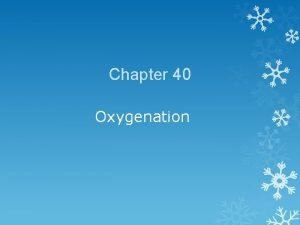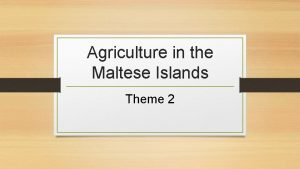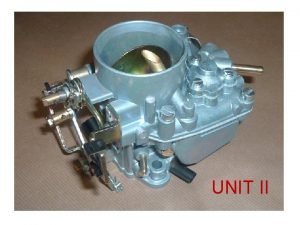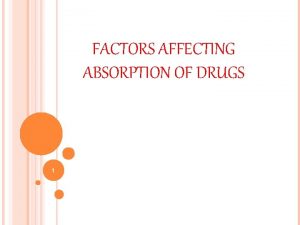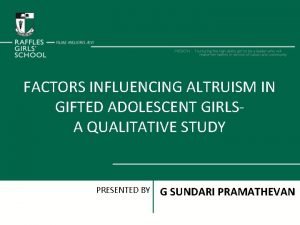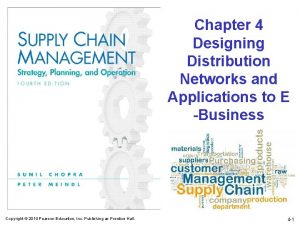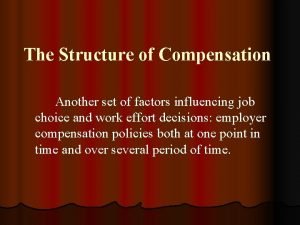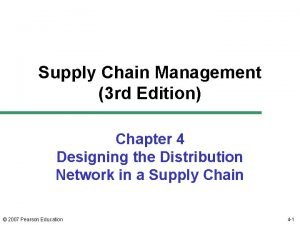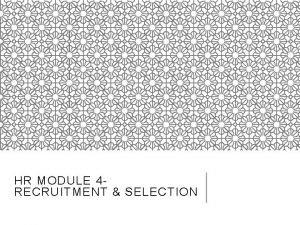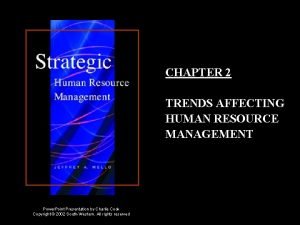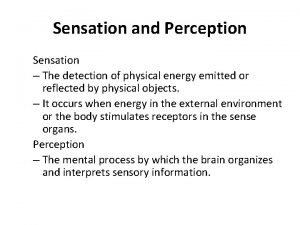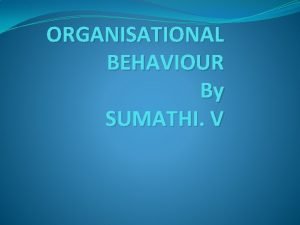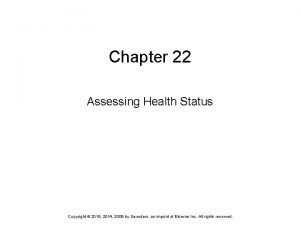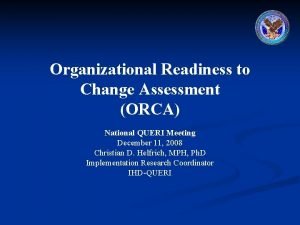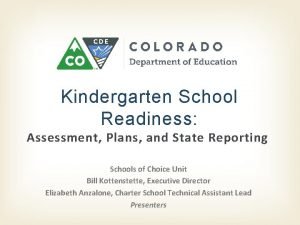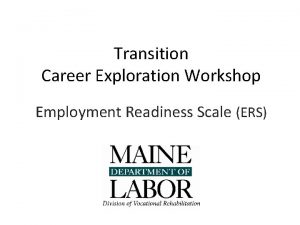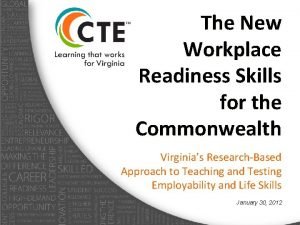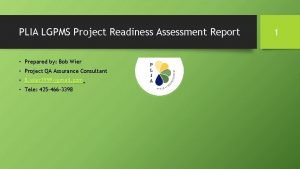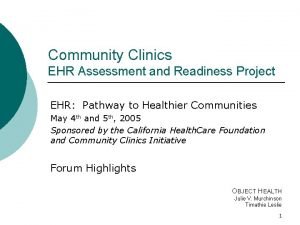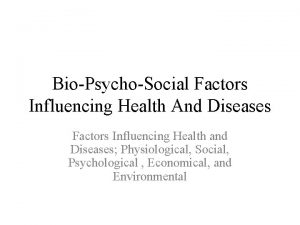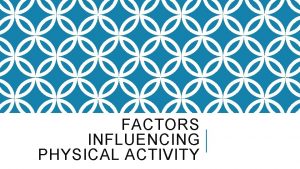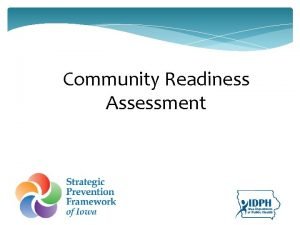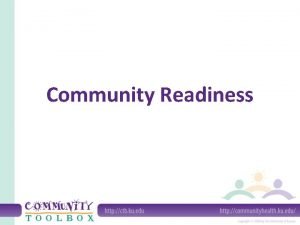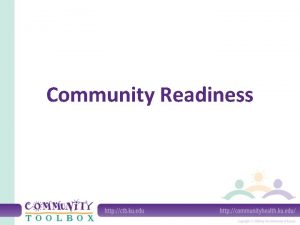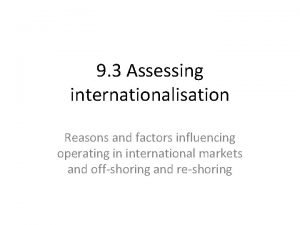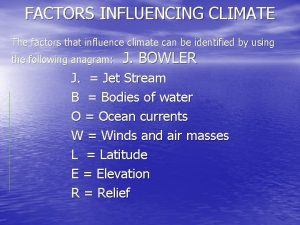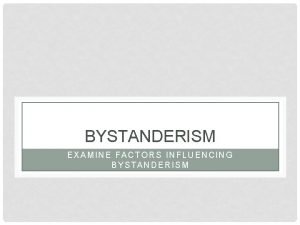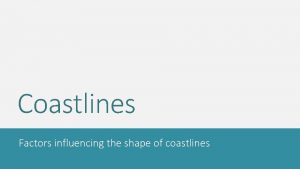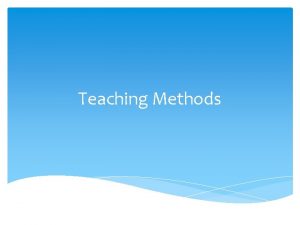Chapter 4 Factors Influencing Assessment Assessing Readiness for























































- Slides: 55

Chapter 4 Factors Influencing Assessment

Assessing Readiness for Health Education • • Role of perception Readiness to learn Motivation to learn Level of wellness Socioeconomic factors Cultural factors Educational level

Communication Challenges during Assessment • Hearing impairment • Vision impairment • Language impairment • Nurse/educator’s contribution to communication challenges

The Teaching and Learning Environment • Psychological environment • Physical environment

Teaching and Learning Settings • • • Hospital and long-term care facility Private home School Worksite Community

CCCC/AOL Quick Teaching Guide • Assess Client Concerns ØAsk: what are your concerns? ØObserve: nonverbal behavior. ØListen: spoken and unspoken words.

CCCC/AOL Quick Teaching Guide • Assess Client’s Knowledge ØAsk: what do you understand about condition? ØObserve: nonverbal behavior. ØListen: determine accuracy of knowledge and teaching needs.

CCCC/AOL Quick Teaching Guide • Create Teaching Plan ØAsk self: what type and amount of information is needed? ØObserve: context of client situation. ØListen: reflect on appropriateness of teaching plan.

CCCC/AOL Quick Teaching Guide • Carry Out Teaching Plan Ø Ask: what is your understanding of what I have explained? Ø Observe: nonverbal cues to understanding/not understanding, return demonstration. Ø Listen: client feedback, evaluate teaching. effectiveness, determine additional educational needs.

The Child Learner the infant (0 -1) the toddler (1 -3) the preschooler (3 -4) the school age (4 -12) the adolescent (12 -19)

Factors Influencing Development Ø Biological characteristics Ø Psychosocial stages Ø Developmental tasks

Promote and Retain Health • Prevention of illness • Maintaining present health status • Knowledge of health problem • Treatment regimen

Restore Health • Acute illness • Chronic illness • Disability • Accidents

Application of Cognitive and Behavior Learning Theories for Children • Cognitive Theories of Learning • Behavioral theory of Learning

Learning in Children • Learning styles • Play • Encouraging learning

5 Steps for Personalized Health Teaching • • • Build trust Assess factors that influence learning Establish learning objectives Selection of teaching strategies Implementation of plan Summative evaluation

The Adult Learner Early Adulthood (20 s-30 s) Middle Adulthood (40 s-60 s)

Comparison of Assumptions: Pedagogy and Andragogy Assumptions Need to know Pedagogy Teacher driven Andragogy Learner driven Self-concept Role of experience Accepts Happens to learner Self-directed Integral to learner Readiness Social and life roles Orientation Biology and academic based Subject central Motivation External Internal Life-centered

Andragogic Assumptions about learning The need to know The learners’ self-concept The role of the Learners’ Experiences Readiness to learn Orientation to learning Motivation to learn

Promote and Retain Health General health habits General living conditions Medications Sexual habits Pregnancy/children Industry/employment Disease prevention

Houle’s Orientation to Learning Goal-oriented learners Activity-oriented learners Learning-oriented learners

Ageism Discrimination Leads against the elderly to disparities in health care Increase in the elderly population Confronting myths and stereotypes

Psychosocial Stages Ego integrity vs. despair Ego differentiation vs work role preoccupation Body Ego transcencence vs body preoccupation transcendence vs ego preoccupation

Developmental Tasks Adjusting to retirement Continued employment Economic issues Adjustments to living situation Changing social roles Interests/hobbies Volunteer work

Physiological Changes that Affect Teaching/Learning Appearance Musculoskeletal system Cardiovascular system Respiratory system Gastrointestinal system Neurological system Sensory changes: vision & hearing

Implications of Physiological Changes that Affect Teaching/Learning 1. 2. 3. 4. 5. 6. 7. Promote and retain health Biologic aging General health habits General living conditions Disease & illness prevention Sexual habits Community services

Implications of Physiological Changes that Affect Teaching/Learning 1. 2. 3. 4. 5. 6. Restore Health Acute illness Chronic illness Disability Accidents Community services

Chronic Disease and Implications for Teaching/Learning Prevalence of chronic disease in elderly heart disease, stroke, cancer, diabetes, hypertension, asthma, bronchitis, emphysema, arthritis, depression, vision loss, hearing impairment, alcoholism

Cognitive Functioning Memory Medication and cognitive functioning

Ethnic Elderly Projections through midcentury: population to become more diverse Hispanic population Black population Asian population White population

Ethnic Elderly 1. 2. 3. 4. 5. 6. Cultural Assessment View of old age Beliefs and values First-generation residents Language Assess health practices: helpful, neutral or harmful

Nutrition Sufficient food intake Adequate nutrition Adequate hydration Good Guide Pyramid Impact on memory, teaching/learning

Health Education w/ Others Working with Families Working with Groups and Communities Working with Health Team Members

Characteristics of Culturally Diverse Learners Shifting Health demographics care disparities

Cultural Competence Definition Campinha-Bacote’s Cultural Competency Model Cultural Assessment Tool Andrews’ Transcultural Assessment Guide Leininger’s Sunrise Model Purnell’s Model for Cultural Competency Giger & Davidhizar’s Transcultural Model

Culturally Specific Client Assessments and Concerns African American Asian American Hispanic Native American

Cross-Cultural Communication Verbal Nonverbal Focused Use cultural assessment tools of interpreters

Linguistically & Culturally Appropriate Teaching Strategies & Instructional Material Linguistic Health competence literacy Sockalingam’s 8 principles

The Culturally Congruent Client Education Model Culturally-based actions Rationale Culturally-based health education outcomes

Chapter 9 Learning Objectives

Learning Objectives as the basis for the teaching plan: Guide the purpose of the plan Guide teaching content Guide selection of teaching strategies Guide selection of instructional materials Guide evaluation

Five factors to consider when establishing learning objectives Educational philosophy (yours, physician, and health care institution). What clients what to learn. What you think clients need to learn. Time available for teaching and learning. Environment for teaching and learning.

Writing Learning Objectives: ABCD Method Audience (who the learner is) Behavior (what the learner is to do) Conditions (the conditions under which the learner is to perform) Degree (how well the learner is to perform)

Domains of Learning Cognitive domain that emphasizes thinking. Affective domain that emphasizes attitudes and feelings. Psychomotor domain that emphasizes doing and performing skills.

Hierarchy: Cognitive Domain Remembering Understanding Applying Analyzing Evaluating Creating

Hierarchy: Affective Domain Receiving Responding Valuing Organization Internalizing Values (Characterization)

Hierarchy: Psychomotor Domain Perception Set Guided response Mechanism Complex overt response Adaptation

Teaching Plan Components Learning objectives Content Teaching strategies/instructional materials Evaluation methods

Chapter 10 Teaching Strategies

*Types of Teaching Strategies ØTeacher-directed Strategies ØTeacher-facilitated Strategies ØLearner-facilitated Strategies

*Teacher-directed Strategies ØLecture ØGuest lecture ØLecture with discussion/question and answer ØDemonstration/Return demonstration ØTeam Teaching

* Lecture with Discussion/Question and Answer ØFocusing discussion ØRefocusing discussion ØChanging the focus ØRecapping ØProblems with the discussion strategy

ØGroup Activities/Teaching ØRole play ØSimulation *Teacher-facilitated Strategies

ØGames ØSelf directed learning (computer assisted strategies and programmed instruction) ØPeer counseling *Learner-directed Strategies

ØEducational needs and learning objectives ØCharacteristics of the learner and teacher ØLearning context and environment ØContent to be learned * Selecting the Right Teaching Strategy
 Define dynamic personality
Define dynamic personality Which type of weathering
Which type of weathering Objectives of wages and salary administration
Objectives of wages and salary administration Physical factors influencing agriculture
Physical factors influencing agriculture Relative projection height
Relative projection height Definition of nursing
Definition of nursing Factors affecting trip generation
Factors affecting trip generation Pricing policy
Pricing policy A model of destination image formation
A model of destination image formation Factors influencing the communication process
Factors influencing the communication process Factors influencing maternal health
Factors influencing maternal health Systemic factors that influence wound healing
Systemic factors that influence wound healing Factors influencing faculty staff relationship
Factors influencing faculty staff relationship Objectives of facility layout planning
Objectives of facility layout planning Facility network design logistics
Facility network design logistics Physical factors influencing agriculture
Physical factors influencing agriculture Factor affecting consensus
Factor affecting consensus Factors influencing chemical weathering
Factors influencing chemical weathering Distributor storage with last mile delivery
Distributor storage with last mile delivery Factors affecting oxygenation in nursing
Factors affecting oxygenation in nursing The history of farming
The history of farming Simple carburetor diagram
Simple carburetor diagram Factors influencing t&d
Factors influencing t&d Differentiated learning theories
Differentiated learning theories Factors affecting absorption of drug
Factors affecting absorption of drug Factors influencing altruism
Factors influencing altruism Factors influencing distribution network design
Factors influencing distribution network design Factors influencing compensation philosophy
Factors influencing compensation philosophy Manufacturer storage with direct shipping example
Manufacturer storage with direct shipping example Balanced occlusion vs balanced articulation
Balanced occlusion vs balanced articulation Factors influencing recruitment and selection
Factors influencing recruitment and selection Factors affecting human resource management
Factors affecting human resource management Mask ppe meaning
Mask ppe meaning Modus tolen
Modus tolen Enforced non volitional attention
Enforced non volitional attention Principles of marketing module 7
Principles of marketing module 7 Factors affecting chemical shift
Factors affecting chemical shift Imscorporate
Imscorporate Factors affecting glomerular filtration rate
Factors affecting glomerular filtration rate Factors influencing the choice of programming language
Factors influencing the choice of programming language Concepts of organizational behaviour
Concepts of organizational behaviour Chapter 4 cultural dynamics in assessing global markets
Chapter 4 cultural dynamics in assessing global markets Assessing health status chapter 22
Assessing health status chapter 22 Chapter 6 career readiness chapter review answers
Chapter 6 career readiness chapter review answers Employment readiness scale assessment
Employment readiness scale assessment Organizational readiness to change assessment (orca) tool
Organizational readiness to change assessment (orca) tool Colorado kindergarten readiness assessment
Colorado kindergarten readiness assessment Cloud readiness assessment report
Cloud readiness assessment report Business transformation readiness assessment
Business transformation readiness assessment Employment readiness scale assessment
Employment readiness scale assessment Virginia workplace readiness skills
Virginia workplace readiness skills Tasc readiness assessment
Tasc readiness assessment Project readiness assessment
Project readiness assessment Manufacturing readiness assessment
Manufacturing readiness assessment Atul mittal deloitte
Atul mittal deloitte Ehr readiness assessment
Ehr readiness assessment




